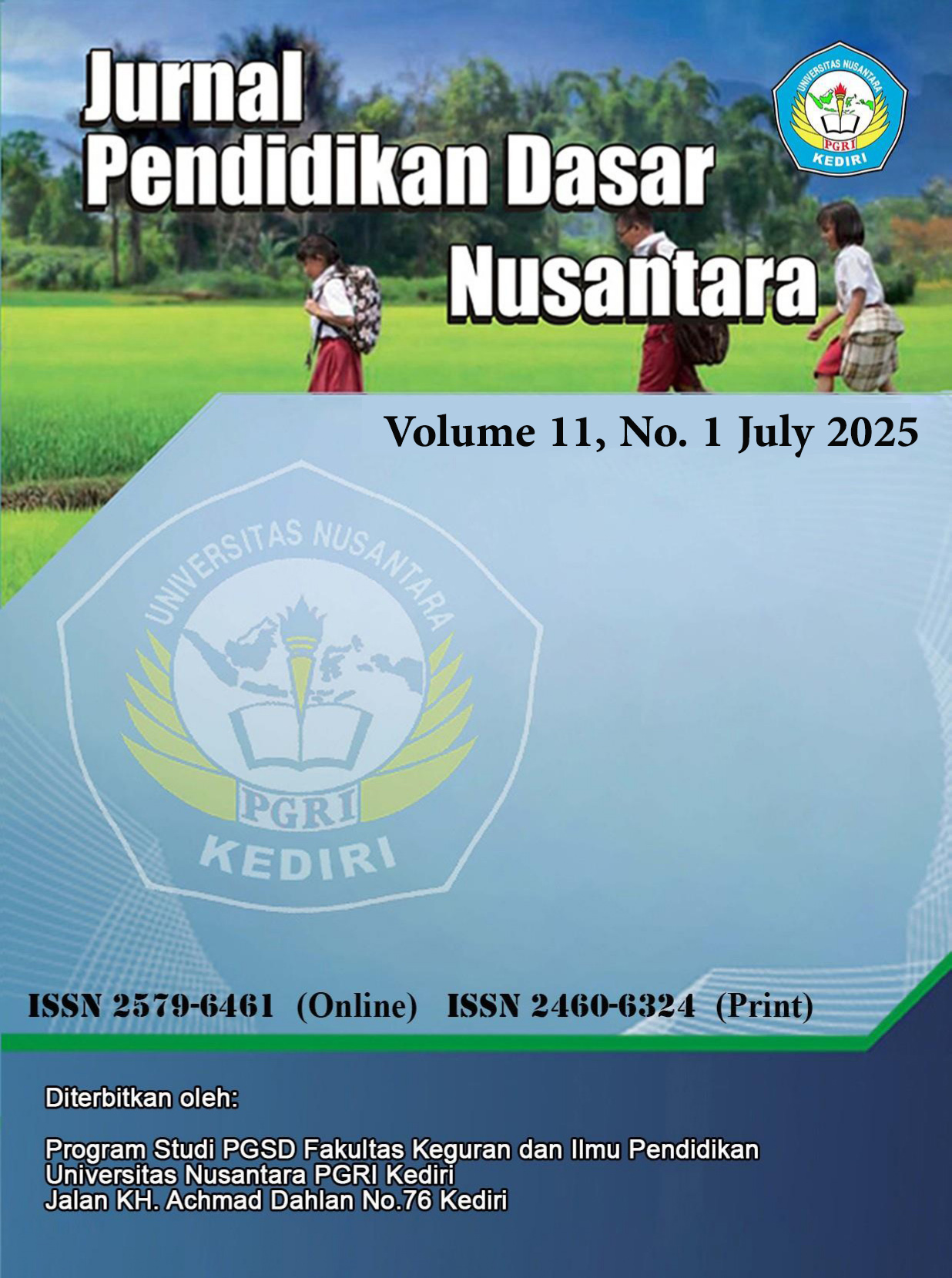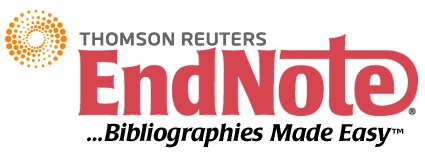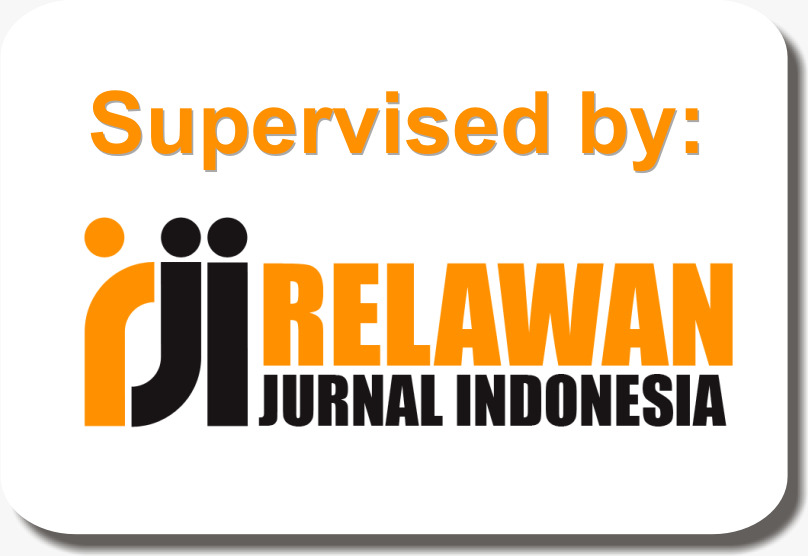Language Encyclopedia on Fable Story Material to Develop Creative Thinking Skills in Grade II Students
DOI:
https://doi.org/10.29407/jpdn.v11i1.26205Keywords:
Language Encyclopedia, Fable Stories, Creative ThinkingAbstract
This study aims to develop a Language Encyclopedia media to foster creative thinking skills that are appropriate for Indonesian language subjects on fable material. This study uses the ADDIE development model (Analysis, Design, Development, Implementation and Evaluation). The subjects of this study were second-grade students and second-grade teachers of SD Negeri 01 Wirotaman, Ampelgading. Data collection methods used observation and questionnaires. The instruments used in this study were validation questionnaire sheets and teacher response questionnaires. The questionnaire sheets of experts or validators used a 4-point scale ranging from less to very good. From the results of the validation assessment by media experts obtained 94% with a very valid category, by language experts obtained 80% with a valid category, by material experts obtained 82% with a very valid category. Meanwhile, in the results of the practicality test by teachers obtained 88% with a very practical category and students obtained 82% with a very practical category. So this media is said to be valid and practical for use in learning. Teachers can use this language encyclopedia media to foster creative thinking skills.
Downloads
References
Ahmadi, F. (2017). Guru SD di era digital. Semarang: CV. Pilar Nusantara.
Ainuniyah, S. (2023). Penerapan Metode Suggestopedia. Jember: Thesis UIN Ar - Raniry.
Andrian, Y. (2019). Implementasi pembelajaran abad 21 dalam kurikulum 2013. Jurnal Penelitian Ilmu Pendidikan, 12, 14-23.
Cintia, N. I., Kristin, F., & Anugraheri, I. (2018). Penerapan model pembelajaran discovery learning untuk meningkatkan kemampuan berpikir kreatif dan hasil belajar siswa. Perspektif ilmu pendidikan, 32, 67-75.
Farr, R. a. (1986.). Reading: What can be measured?. International Reading Association. 800 Barksdale Rd., PO Box 8139, Newark, DE 19714-8139 (Book No. 805, $9.50 member, $14.25 nonmember).
Gulo, S., & Harefa, A. O. (2022). Pengembangan Media Pembelajaran Interaktif Berbasis Powerpoint. Educativo: Jurnal Pendidikan, 1(1), 291–299.
Hakim, L., Hartini, H., Yudiastini, N. M., Mariani, K., & Sufiana, A. (2016). Ensiklopedia Bahasa Sasak. NTB. Kemendikbudristek.
Hala, Y. (2015). Pengembangan perangkat pembelajaran biologi berbasis pendekatan saintifik pada konsep ekosistem. Journal of Educational Science and Technology.
Istiq'faroh, N. a. (2022). Pengembangan Media Flipbook Pada Pembelajaran Bahasa Indonesia Materi Fabel Pada Siswa Kelas IV Sekolah Dasar. Jurnal Muassis Pendidikan Dasar.
Junaidi. (2019). Peran Media Pembelajaran Dalam Proses Belajar Mengajar. Jurnal manajemen pendidikan dan pelatihan, 45-56.
Krissandi, A. D. (2018). Buku Cerita Anak yang Bermuatan Pendidikan Anti korupsi. Jurnal Kajian dan Penelitian Pendidikan dan Pembelajaran 2.2 , 139-146.
Mahmudah, L. A. (2023) Pengembangan media pop up book pada pembelajaran bahasa indonesia untuk meningkatkan kemampuan menceritakan kembali teks dongeng siswa kelas II SD. UNP Kediri.
Malikah, B. U. (2023). Analisis kevalidan ensiklopedia tematik tema 5 subtema 1 kelas III sekolah dasar. Proceeding umsurabaya.
Muhson, A. (2010). Pengembangan media pembelajaran berbasis teknologi informasi. Jurnal pendidikan akuntansi indonesia.
Murti, K.E. 2015. Pendidikan Abad 21 dan Aplikasinya Dalam Pembelajaran di SMK. (Online). (http:// p4tksbjogja.com/arsip/images/Pendidikan Abad 21 dan Aplikasinya dalam Pembelajaran di SMK Kuntari.pdf), diakses 14 April 2016.
Mustami, M. K. (2015). aliditas perangkat pembelajaran dengan pendekatan saintifik untuk meningkatkan hasil belajar dan kemampuan berpikir kreatif siswa. Jurnal Pendidikan dan Pembelajaran, 1-10.
Nur Kumala, L. A. (2023). Penggunaan teknologi dalam pembelajaran abad ke-21 untuk meningkatkan keterampilan berpikir kritis dan kreatif. Jurnal Inovasi Pendidikan, 44–52.
Periyeti, A. S. (2017). Meningkatkan Minat Baca Mahasiswa dalam Mencari Informasi. Jurnal Kepustakawanan Dan Masyarakat Membaca. 51-68.
Pinto, L. M. (2007). Literacy is just reading and writing, isn't it? the ontario secondary school literacy test and its press coverage. Policy Futures in Education, 84-99.
Putri, R. H. (2022). Pengembangan media pembelajaran ensiklopedia IPA berbasis pendekatan contextual teaching & learning (CTL) pada materi energi dan perubahannya untuk siswa kelas III sekolah dasar. Jurnal Pendidikan Dasar, 751-766.
Rahanu, H. e. (2016). The development of student learning and information literacy: A case study. Education for Information 32.3, 211-224.
Rahmawati, I. M. (2014). Pembelajaran matematika dengan pendekatan penemuan terbimbing untuk meningkatkan kemampuan berpikir kreatif dan hasil belajar. Jurnal Pendidikan Matematika, 379–390.
Rohaniawati, D. (2016). Penerapan pendekatan pakem untuk meningkatkan keterampilan berpikir mahasiswa dalam Mata Kuliah Pengembangan Kepribadian guru. Jurnal Keguruan dan Ilmu Tarbiyah, 155-172.
Sari, Y. I. (2021). Pengembangan E-Modul Pandawa berbantuan aplikasi iSpring untuk meningkatkan minat belajar siswa kelas IV SD. Jurnal Pendidikan Dasar Nusantara, 14-21.
Setiawan, J. a. (2018). Pemikiran postmodernisme dan pandangannya terhadap ilmu pengetahuan. Gadjah Mada University.
Suragangga, I. M. (2017). Mendidik lewat literasi untuk pendidikan berkualitas. Jurnal Penjaminan Mutu, 154-163.
Downloads
Published
Issue
Section
License
Copyright (c) 2025 Angella Caroline Serafika, Dwi Agus Setiawan Setiawan, Denna Delawanti (Author)

This work is licensed under a Creative Commons Attribution-ShareAlike 4.0 International License.
Authors who publish with this journal agree to the following terms:
- Copyright on any article is retained by the author(s).
- The author grants the journal, the right of first publication with the work simultaneously licensed under a Creative Commons Attribution License that allows others to share the work with an acknowledgment of the work’s authorship and initial publication in this journal.
- Authors are able to enter into separate, additional contractual arrangements for the non-exclusive distribution of the journal’s published version of the work (e.g., post it to an institutional repository or publish it in a book), with an acknowledgment of its initial publication in this journal.
- Authors are permitted and encouraged to post their work online (e.g., in institutional repositories or on their website) prior to and during the submission process, as it can lead to productive exchanges, as well as earlier and greater citation of published work.
- The article and any associated published material is distributed under the Creative Commons Attribution-ShareAlike 4.0 International License
































